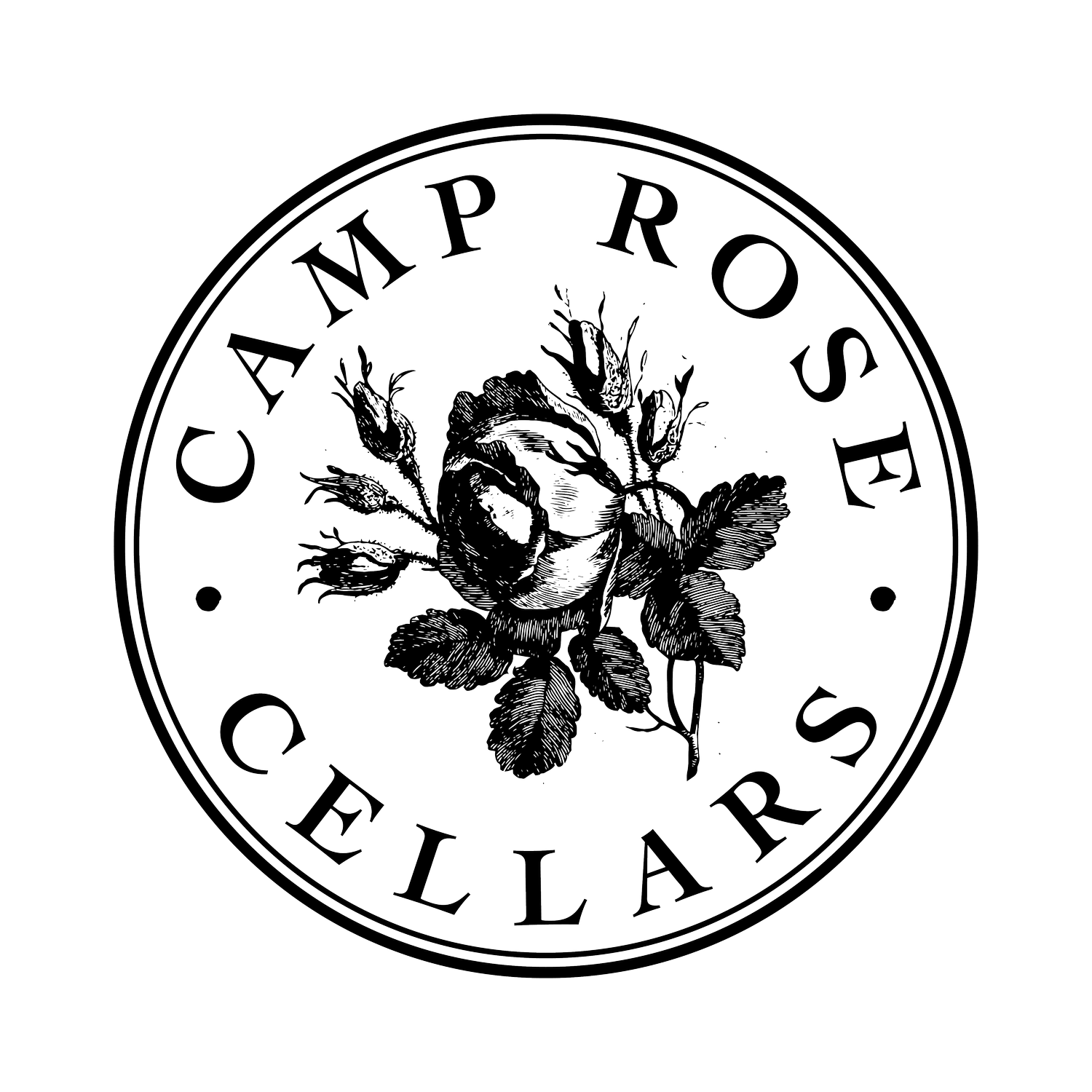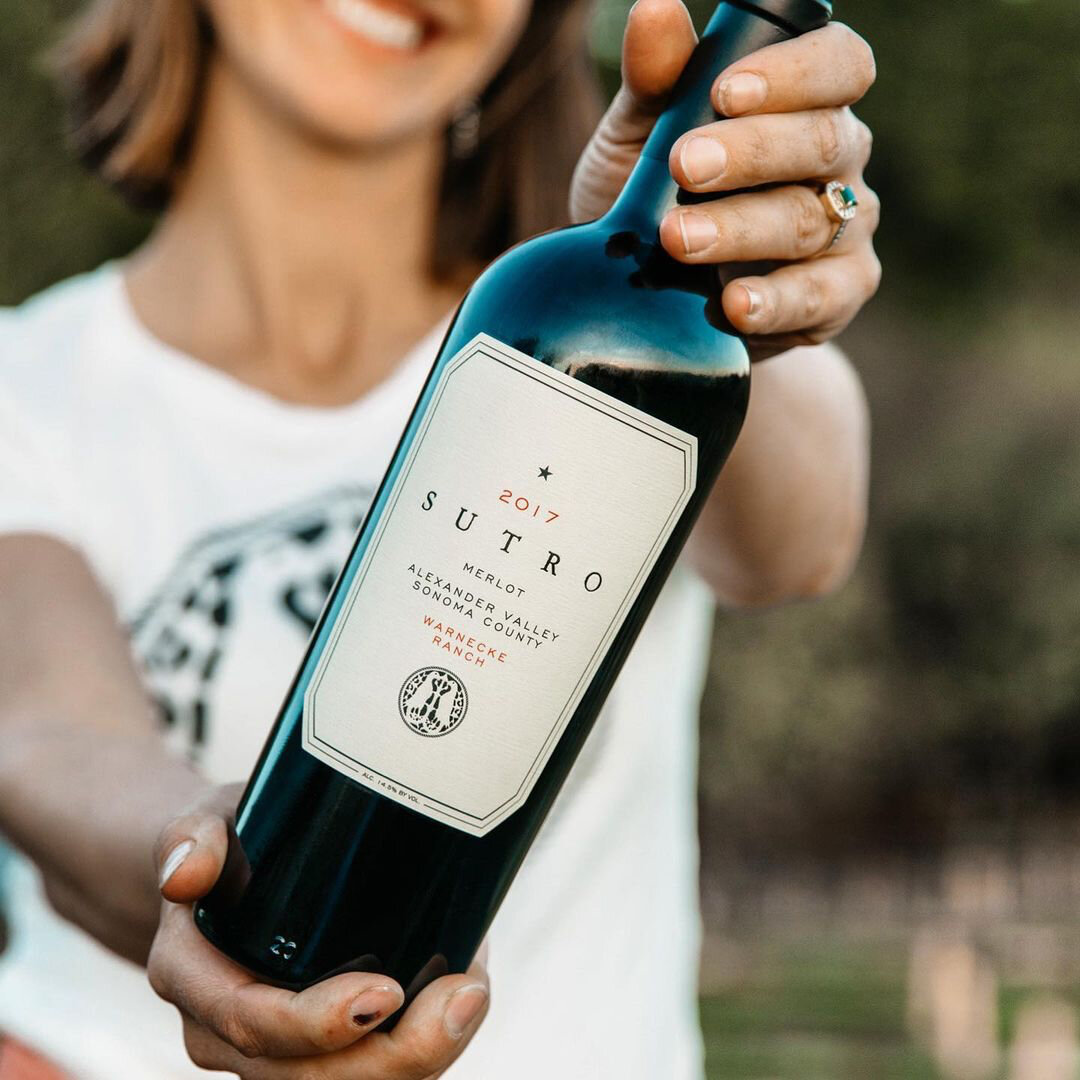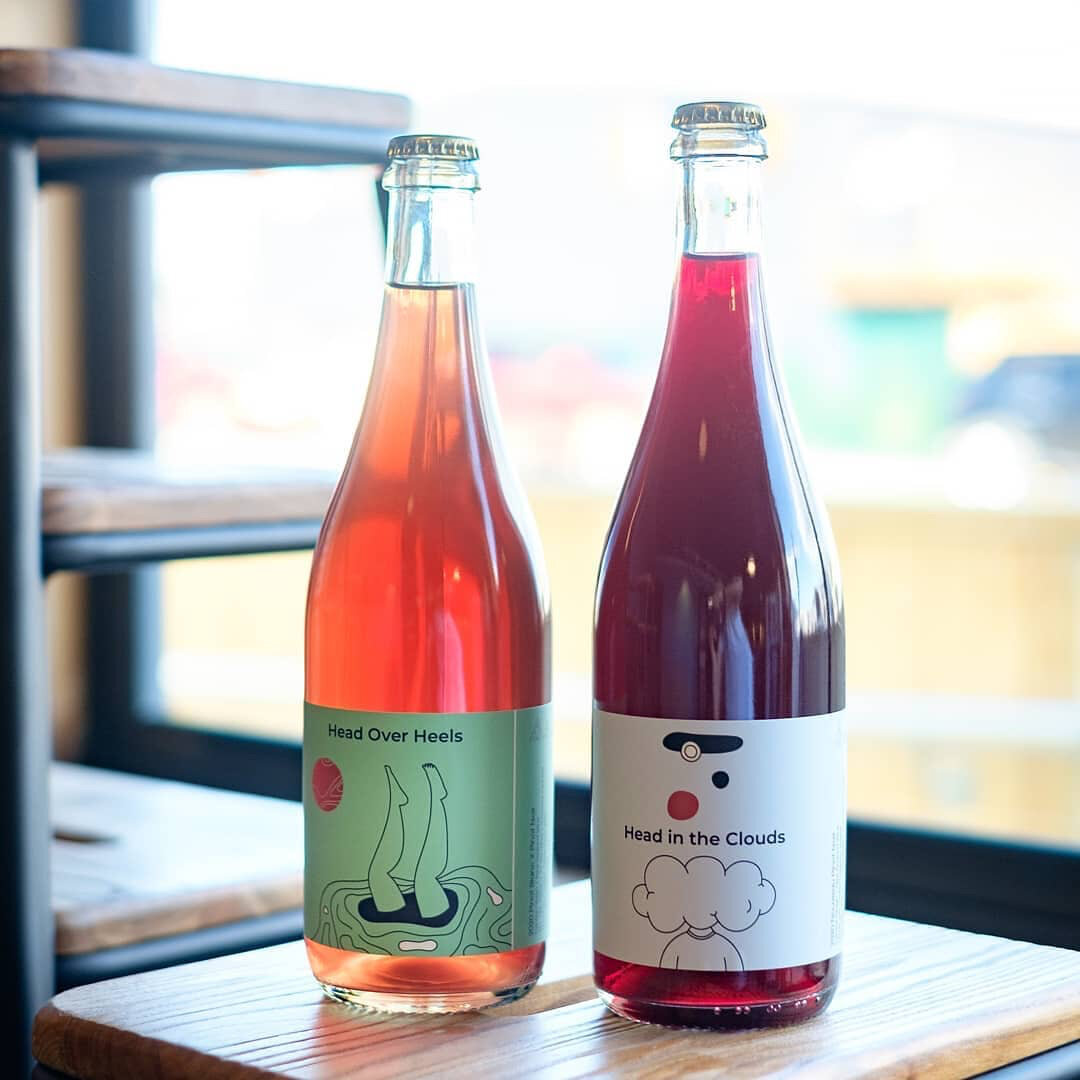What we drink matters.
I’m a bit of a health nut. I studied global agriculture in college and spent years working on organic and biodynamic farms. I am a certified yoga instructor and for years was freakishly conscious about what I put in my body. Having kids mellowed me out (life happens) but I still feel that human health is inextricably tied to the health of our environment.
My wines are not always organic (yet) but I do work with certified sustainable family vineyards and follow minimal-intervention winemaking in the cellar: native yeast fermentations, hand or foot-plunging and basket pressing, no fining or filtration, neutral oak aging, and minimal sulfur additions when necessary.
With all that in mind I was shocked to learn that vineyard and winery inputs account for only 15% of a wine’s total carbon footprint. The real devil is in packaging and transportation. To that end I am committed to buying North American glass and am partnering with Liviri to minimize shipping waste. Please select the “Liviri, ship and return” option at checkout.
Taken a million years ago when I worked at Healdsburg’s Love Farms.
Guide to Sustainable Wine Certifications
What Does it Mean to be Minimal Intervention?
“There’s also a group who sit somewhere in between, taking a practical stance. Many operate as organically as possible within reason. They’ll do what is best for the vineyard in any given situation, and their wines can sometimes be surprising, but they still look and feel a lot like traditional styles.”







